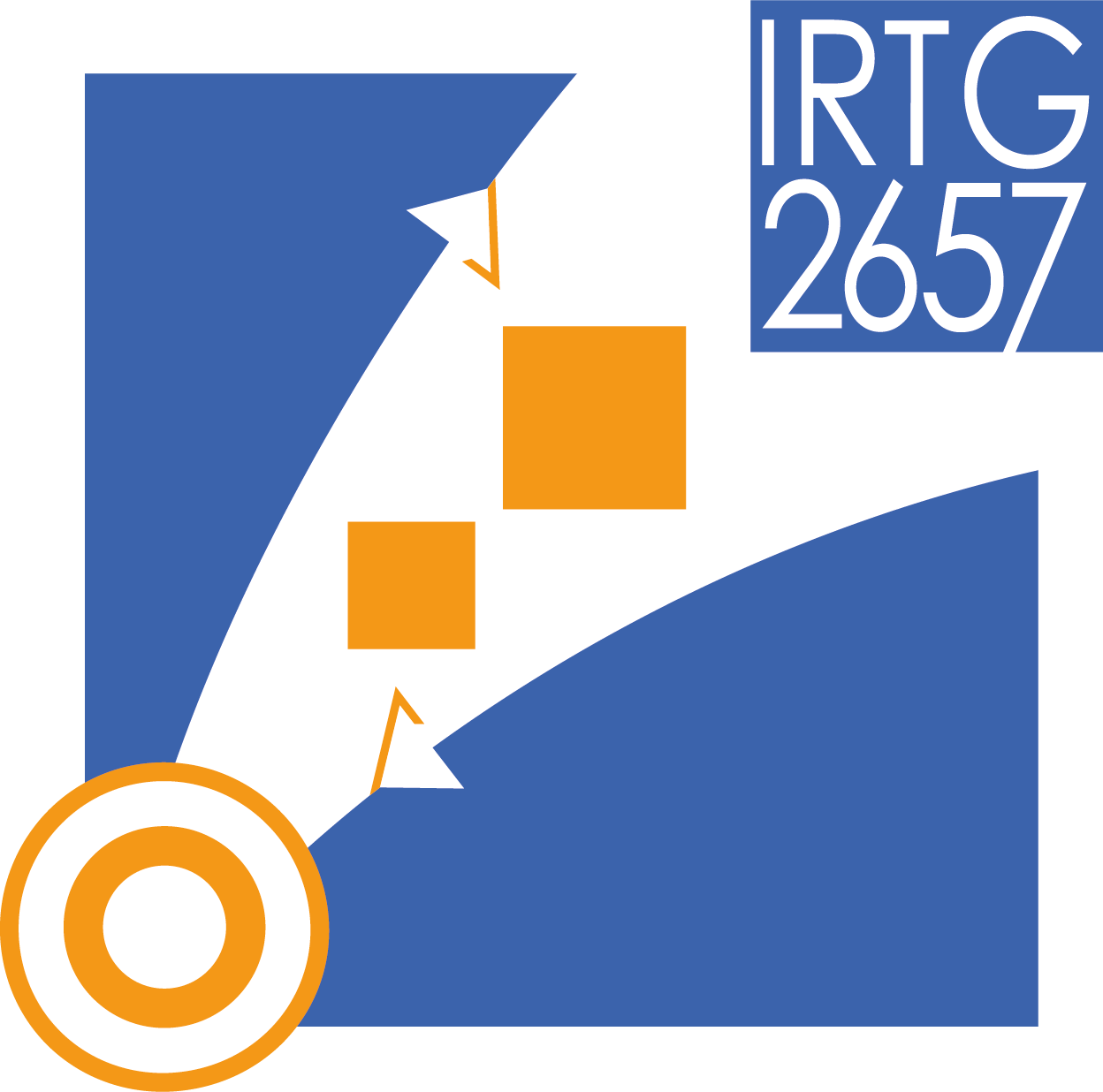Efficient Computational Analysis of Composite Joints through Machine Learning Assisted Abstract Modelling Techniques
| Team: | Aditya Bansod, Raimund Rolfes |
| Year: | 2024 |
Resume
In the Aviation, Automobile, and Wind turbine industries, there are large composite structures that are connected using thousands of mechanical joints or adhesives. For the efficient construction of such composite structures, it is essential to evaluate the behavior of such composite joints, which is usually very complex due to the presence of non-linearities and the joint has distinct failure modes. Accurate simulation of composite joints using high-fidelity models gives a good estimate of the joint behavior and its failure properties, but it comes at the cost of computational time. The high computational cost becomes a major obstacle in simulating large structures with field of bolts. The project aims to reduce the computational cost involved in the simulation of composite joints by developing an abstract model with reduced degrees of freedom. The reduction in degrees of freedom of the model is sought by using structural elements such as Shells and Beams. The project aims to create a model augmented with a neural network that will capture the behavior of the joint in the finite strain regime, such that the anisotropy of composite material and various non-linearities can be simulated efficiently in large structures.
Team
Doctoral Researcher: Aditya Bansod
Scientific Advisors: Raimund Rolfes








